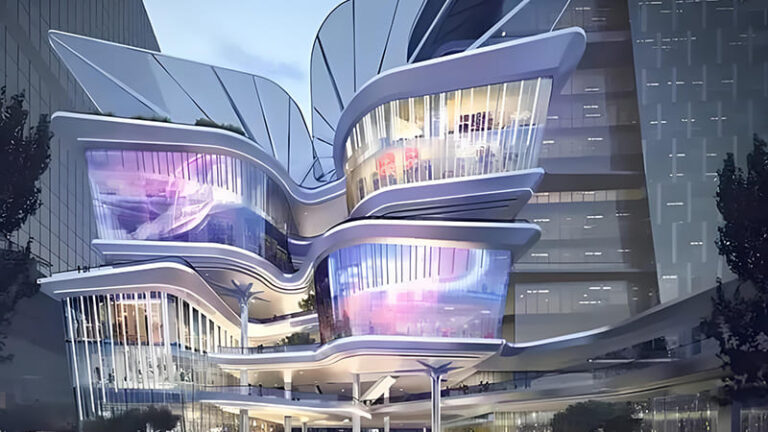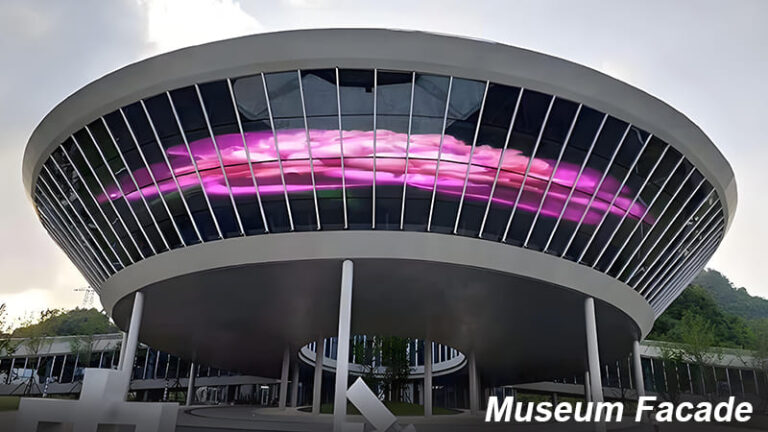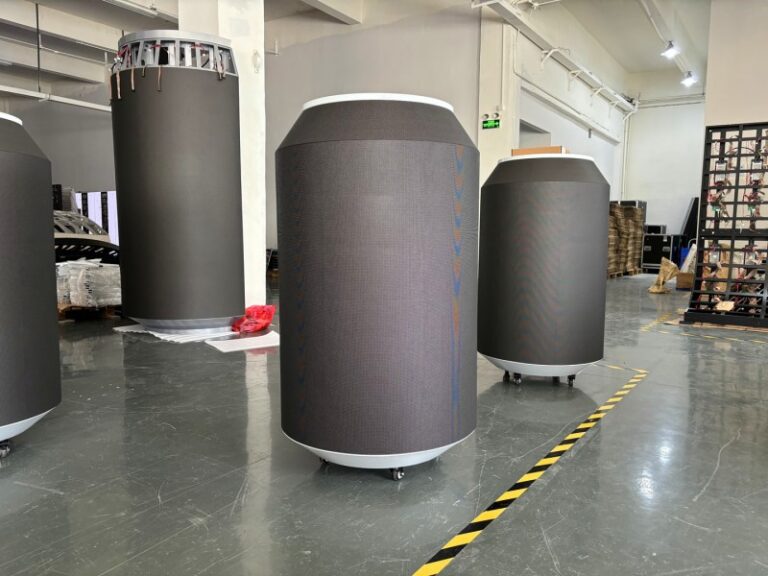
Digitopia Holographic LED Screen: High-Transparency Displays with S...
In a world where immersive experiences are redefining how brands engage audiences, Digitopia’s Holographic LED Screen stands out...
When evaluating an LED display, you’ll often come across technical terms like pixel, pixel pitch, and real vs. virtual pixels. While these may sound complicated, understanding them is crucial for choosing the right display for your application — whether in advertising, retail, broadcasting, or events.
At Ebani Tech, through Digitopia™ Smart Screens, we simplify these concepts so brands can make informed decisions and achieve the image quality and resolution their projects demand.
What is a Pixel?
A pixel is the smallest unit of light on an LED display — much like a pixel on a computer screen.
👉 Simply put: More pixels = sharper, more detailed visuals.
What is Pixel Pitch?
Pixel pitch refers to the distance (in millimeters) between the center of one pixel and the next.
![]()
👉 Rule of thumb: Choose smaller pixel pitch for applications where audiences are close to the screen.
Real Pixels vs. Virtual Pixels
Understanding the difference between real pixels and virtual pixels helps in evaluating the true resolution of an LED display.
![]()
Real Pixels
Virtual Pixels
Types of Virtual Pixels:
👉 In short: Real pixels = true resolution. Virtual pixels = simulated resolution boost.
Why This Matters for Buyers
Knowing how pixels, pixel pitch, and pixel configurations work helps you:
At Digitopia™ by Ebani Tech, we provide both real pixel and virtual pixel configurations, ensuring brands get accurate resolution for premium applications and cost-efficient solutions for large-scale deployments.
📞 To explore LED displays tailored to your resolution and viewing needs, call +91 7799000590 / +91 7799000600
📧 Email: [email protected]
Digitopia™ by Ebani Tech
Helping brands make smart choices, pixel by pixel.

In a world where immersive experiences are redefining how brands engage audiences, Digitopia’s Holographic LED Screen stands out...

Modern museums are more than spaces to preserve history — they are cultural landmarks that blend architecture, storytelling,...

As technology continues to evolve, LED displays have become one of the most powerful tools for advertising, branding,...